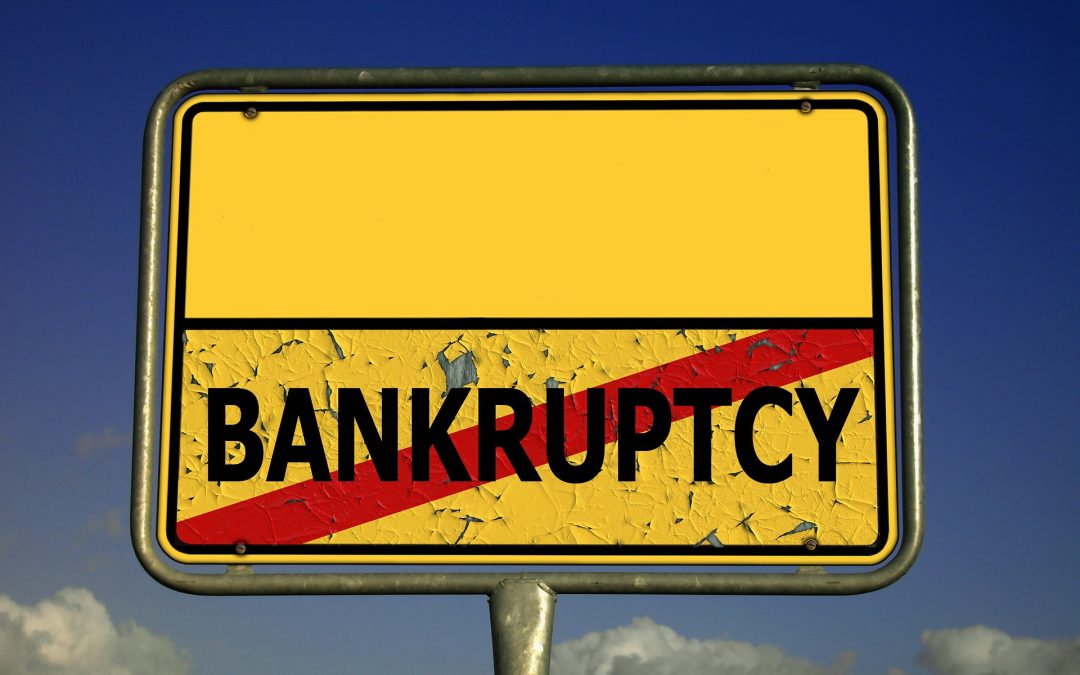Even before the Covid-19 pandemic arrived in the United States early in 2020, observers expected the flow of healthcare services bankruptcies filings by small rural hospitals and other service organizations stressed by regulatory and reimbursement challenges to continue at a steady trickle. Once the economic and social shutdowns began in mid-March, hospitals were forced to suspend elective procedures, emergency room visits plummeted, physician practices largely closed temporarily and home health agencies experienced a wave of visit cancellations. The cost of personal protective equipment, a requirement for healthcare workers, soared to astronomical highs. Of course, merger and acquisition activity plunged in most healthcare sectors, too.
As expected, the first quarter was relatively calm in healthcare services, with just a slight uptick in Chapter 11 filings, according to the Polsinelli/TrBK Health Care Services Distress Research Index. The index, which tracks Chapter 11 bankruptcy filings for companies and organizations with more than $1 million in assets, scored 233.33 points in Q1 2020, up only eight points from Q4 2019.
But in the second quarter, the healthcare services bankruptcy index surged to 510.0 points, up more than 276 points from the first quarter and 85 points higher than the same quarter in 2019. Some prominent healthcare services companies were among those Q2 filers, including hospital chain Quorum Health (NASDAQ: QHC) and American Addiction Centers, owned and operated by AAC Holdings Inc. (NYSE: AAC). Their financial troubles were not caused by the pandemic, however, and both companies emerged from bankruptcy later in the same year.
It’s important to know that the index is a contrarian measure of economic performance and is intended to reflect the level of economic distress in the U.S. economy by tracking the increase or decrease in comparative Chapter 11 filings for prior quarters and years, based on a rolling four-quarter average. It is benchmarked to 2010 filings, when the Affordable Care Act was enacted and the country was struggling to emerge from the throes of the Great Recession.
Healthcare services bankruptcies dropped off in the second half of 2020, to 468.33 points in the third quarter and then to 416.67 points in the fourth. That’s still high, given that the index in the fourth quarter of 2019 reached only 225.0 points.
“There were not a lot of new filings in the third and fourth quarters of 2020,” noted Jeremy Johnson, shareholder at Polsinelli and co-author of the Distress Index reports. “The fourth quarter looks high because it’s on a rolling four-quarter basis.”
The bulk of the healthcare services filings last year were among hospitals, skilled nursing facilities, CCRCs and some surgery centers, Johnson said. Even in the first quarter, not-for-profit systems Randolph Health (North Carolina), Pinnacle Health (Kansas), Thomas Health (West Virginia) and Faith Community Health System (Texas) all filed for reorganization.
A few factors helped to mitigate the fallout from the Q2 shutdowns, Johnson said. Congress passed a series of legislation to keep businesses afloat, including the CARES Act, the Families First Coronavirus Response Act and the Paycheck Protection Program. The Centers for Medicare and Medicaid Services (CMS) accelerated Medicare payments to hospitals and advance payments to physicians and other providers to minimize the effects of revenue shortfalls caused by the shutdowns of facilities and elective surgeries.
A total of $100 billion was distributed to hospitals and other providers impacted by the Covid-19 pandemic. Separately, U.S. hospitals lost more than $20 billion from suspending elective surgeries over three months at the beginning of the Covid-19 pandemic’s onset in this country, according to a recent article in the Annals of Surgery.
Some health systems performed some fancy financial footwork in 2020. Eastern Niagara (Lockport, New York) had filed for Chapter 11 protection in November 2019 but asked that its case be dismissed in June 2020 in order to apply for a Paycheck Protection Program loan.
“They couldn’t get the money if they were in bankruptcy, so they got the case dismissed and applied for” federal Covid-19 assistance,” Johnson said. “Then they refiled for bankruptcy in the third quarter.” Faith Community Health System (Jacksboro, Texas) followed the same path.
Healthcare providers that received accelerated and advance Medicare payments were supposed to begin repaying those funds in August 2020, a timeline that proved overly optimistic. In October, new terms were approved by Congress as part of the Continuing Appropriations Act, 2021, and payments are set to begin one year from when the first loan payment was made, around the beginning of April 2021.
“The view of folks on my side of the ledger is that, hopefully, people are using the federal money to fix their operational problems,” Johnson said. But, he cautioned, “In April, we’ll see more Chapter 11 filings when those federal bills come due.”
It’s still too early in the year to assess financial strength or weakness in the healthcare services sectors, but Johnson isn’t optimistic that the providers who were experiencing problems before Covid hit will be out of the woods. “I haven’t seen much activity yet,” Johnson told us. “The number of filings may drop in the first quarter and into the second quarter. But it’s going to pick up again in the second half of the year.”
A lot may be riding on the rollout of the vaccine and the impact of the various new Covid strains entering the country. One or more nationwide shutdowns could trigger more healthcare services bankruptcies filings. Even though the healthcare M&A market has been on fire for the past two months with record volume, 2021 could be a messy year.

